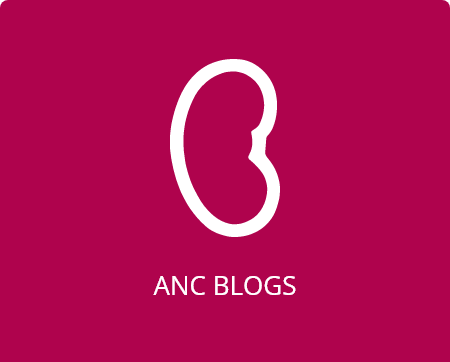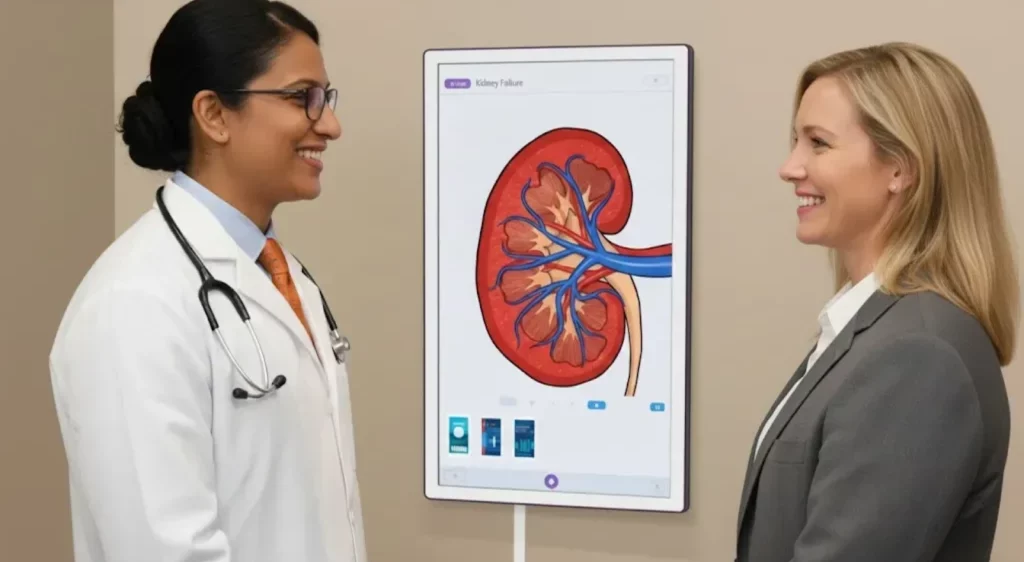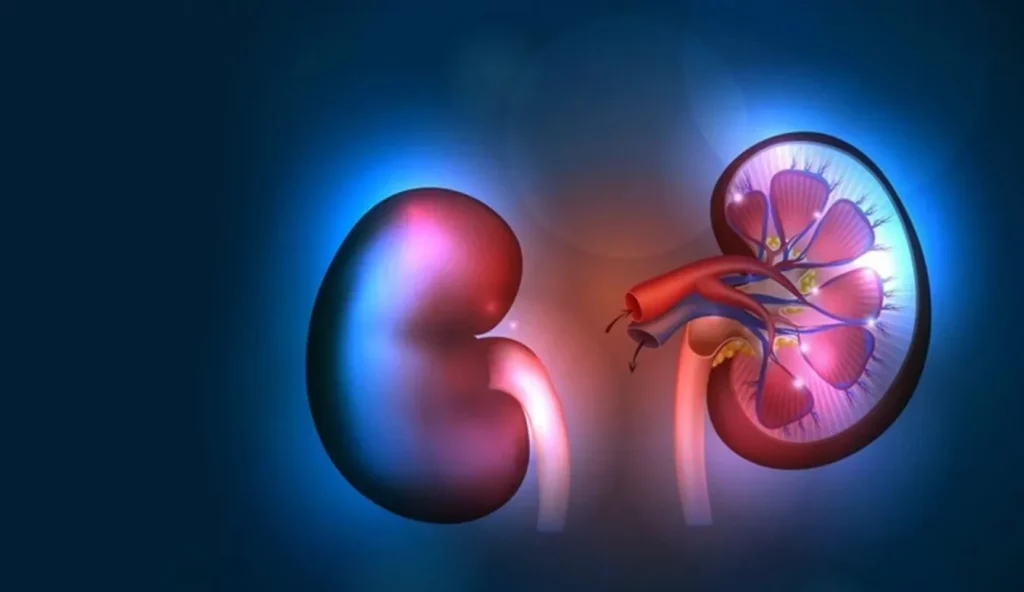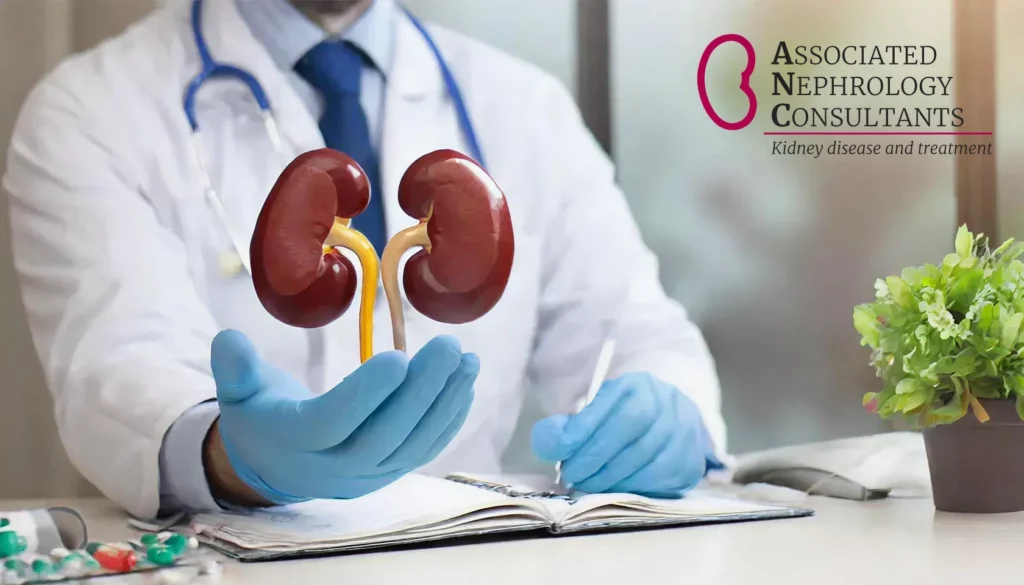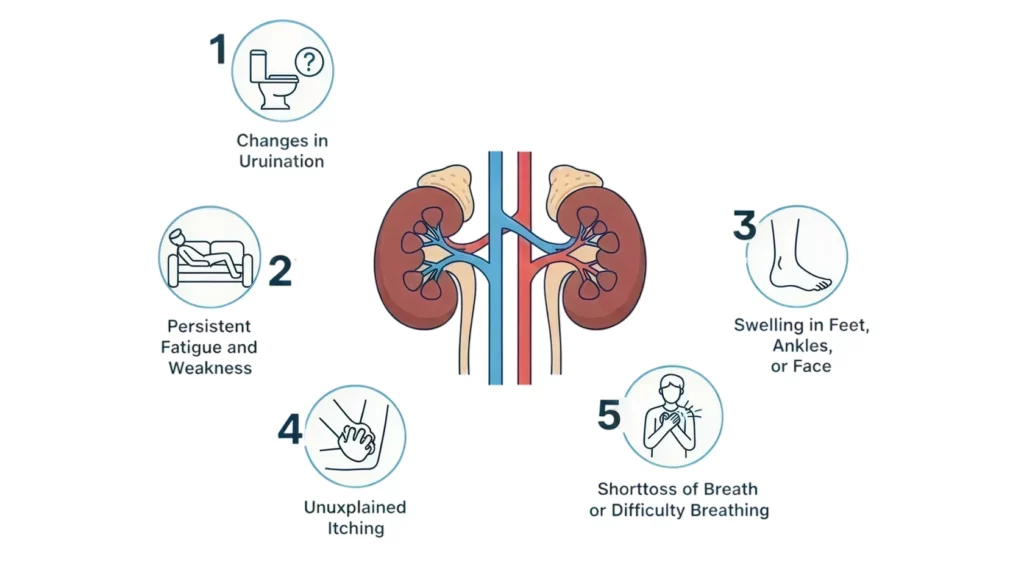Each April, we celebrate Donate Life Month to highlight the lifesaving impact of organ donation. For our second blog on Donate Life, we sat down with Dr. Doyle to discuss just how transformational kidney donation can be for those on the giving and receiving side. Whether you’re considering becoming a living donor or simply want to understand what a kidney transplant really means for someone facing end-stage kidney disease, this blog is here to shine a light on one of the most powerful gifts of life.
Why Kidney Donation Matters
For patients with kidney failure, transplants offer a path back to normalcy that dialysis simply can’t match. Dr. Doyle shares how, for many, dialysis can be a grueling process and can place barriers on your time and schedule.
By contrast, a kidney transplant can help enhance patient freedoms, both physically and emotionally. Transplant patients often report renewed energy, mental clarity, and the simple joy of eating what they want without restrictions. “When labs begin to normalize and their bodies adjust, many say they finally feel like themselves again,” Dr. Doyle noted. “They’re able to return to activities they gave up, from spending time with family to pursuing hobbies they love.”
The Power of Living Donation
While any kidney transplant is life-changing, Dr. Doyle emphasizes the advantages of living donation. Because living donor transplants can be scheduled, they allow for optimal timing for both donor and recipient. It’s a chance to go into the procedure in the best possible health, which significantly reduces the risks of early complications. In many cases, nephrologists find that kidneys from living donors last longer and work better from the start.
Another benefit of living donation is how it helps combat the national shortage of cadaver kidneys. Since the average wait time for a deceased donor kidney can stretch five to six years, living donation helps fill a critical gap. In cases where a direct family member isn’t a fit, paired kidney exchange programs help ensure matches can still be found, making it more accessible for patients from all backgrounds.
Life After Transplant
Getting to the point of transplant requires preparation – from screenings and dental exams to updated vaccinations, patients undergo a thorough evaluation to ensure no threats to their transplant or recovery.
But once the transplant is complete, the journey isn’t over. Post-op recovery may entail frequent labs and follow-ups in the early stages before patients shift to long-term monitoring. Outside of the clinic, patients are encouraged to maintain a healthy lifestyle and stay up to date with vaccines to help prevent infections, but the overall burden is significantly less than dialysis, “a tradeoff most patients are more than happy to make,” Dr. Doyle says.
A Ripple Effect of Gratitude
One of the most powerful outcomes of living kidney donation is the gratitude and joy it spreads in recipients and donors alike. “Most donors are happy to have done it,” says Dr. Doyle, “especially family members who get to see firsthand the transformation they’ve made possible.”
For those who may be hesitant to undergo abdominal surgery, you can still help! Dr. Doyle notes that even actions as small as sharing stories of successful transplants within communities can ease fears and inspire action.
One Final Push for Donate Life Month
Campaigns like Donate Life Month are vital for fostering dialogue and saving lives. At ANC, we believe that education is a key part of that mission because understanding the safety, science, and humanity behind kidney donation can inspire someone to take the next step.
If you or a loved one is exploring transplant options, talk to your care team about what’s possible. And if you’ve ever considered becoming a living donor, we encourage you to learn more and ask questions! Your decision could be the lifeline someone’s been waiting for.
